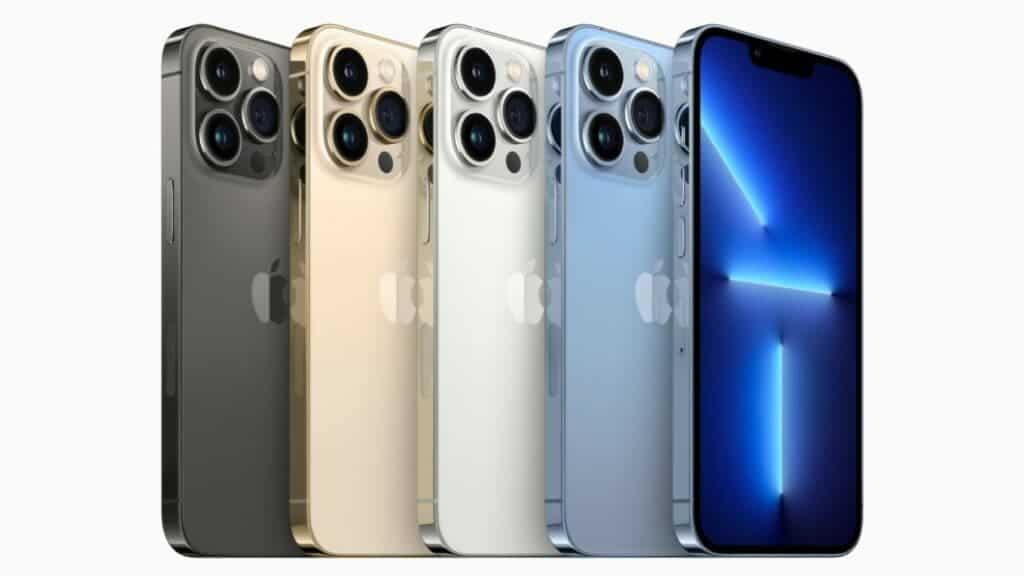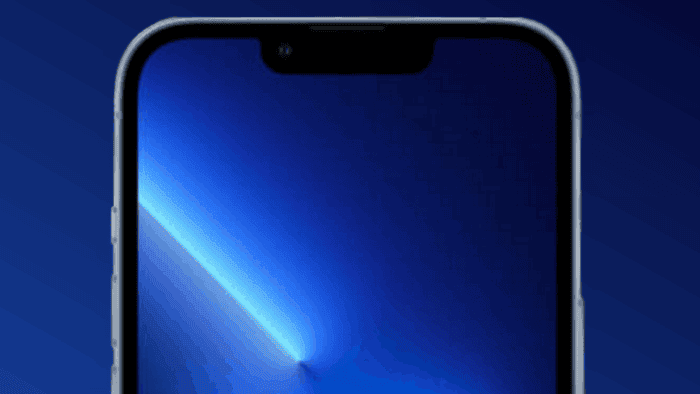Apple has just released the iPhone 13 series with the same four models from last year – iPhone 13, 13 mini, iPhone 13 Pro, and 13 Pro Max. While conventional users will probably need to wait until late October to have their iPhone 13 Pro Max shipped, we already have some idea of the device’s technical specifications and performance thanks to recent reviews from specialized media. After seeing some details about the device’s internals, it’s time to hear how they will perform in the real life. According to the folks at DisplayMate, the iPhone 13 Pro Max retains the “Best SmartphoneDisplay Award.”
DisplayMate states that the 13 Pro Max OLED screen earned its highest-ever display performance grade of A+ and set or matched 12 of its smartphone display performance records. Apple will be setting the trends for another year. Also, the company’s decision to finally bring a 120 Hz refresh rate to its premium models seems to be paying off.
iPhone 13 Pro Max sets a new standard for iPhone displays
For those unaware, the iPhone 13 Pro models come with a new Super Retina XDR display with ProMotion. This is Apple’s branding for a variable refresh rate between 10 Hz and 120 Hz. This technology allows the display to refresh from a power-preserving 10 times per second to an ultra-smooth 120 times per second. It depends on the type of content that is on the screen.

One of the records that the iPhone 13 Pro Max set was the highest full-screen brightness for smartphones with OLED displays. According to DisplayMate’s in-depth analysis. Apple states that the iPhone 13 Pro Max is capable of reaching a max brightness of 1,000 nits for typical content. When it’s HDR content running in the display, then the brightness can reach whopping 1,200 nits. For comparison, the last year’s iPhone 12 Pro Max’s typical brightness is 800 nits. The last year’s model HDR brightness could reach the same 1,200 nits that the newer model has as a standard. Other records set or matched by the iPhone 13 Pro Max include the highest absolute color accuracy. Moreover, the device shines in the highest contrast ratio and lowest screen reflectance.
Samsung is the supplier behind this display tech
Interestingly, Apple should thank Samsung for this achievement. After all, the Korean firm is the exclusive supplier of the LTPO OLED panels in the iPhone 13 Pro Max. However, Display Supply Chain Consultants state that LG is reportedly aiming to be supplying Apple with LTPO OLED panels as early as next year. The LTPO technology is the magic behind the adaptive refresh rate offered by the newer iPhones. It’s also present in a set of Android smartphones with Samsung AMOLED displays.
You can check the source link for more details on the DisplayMate review. We are curious to see if the next year’s vanilla iPhone 14 and 14 Max will match the standard. After all, rumors suggest that all four 2022 iPhones will come with 120 Hz LTPO OLED screens.





